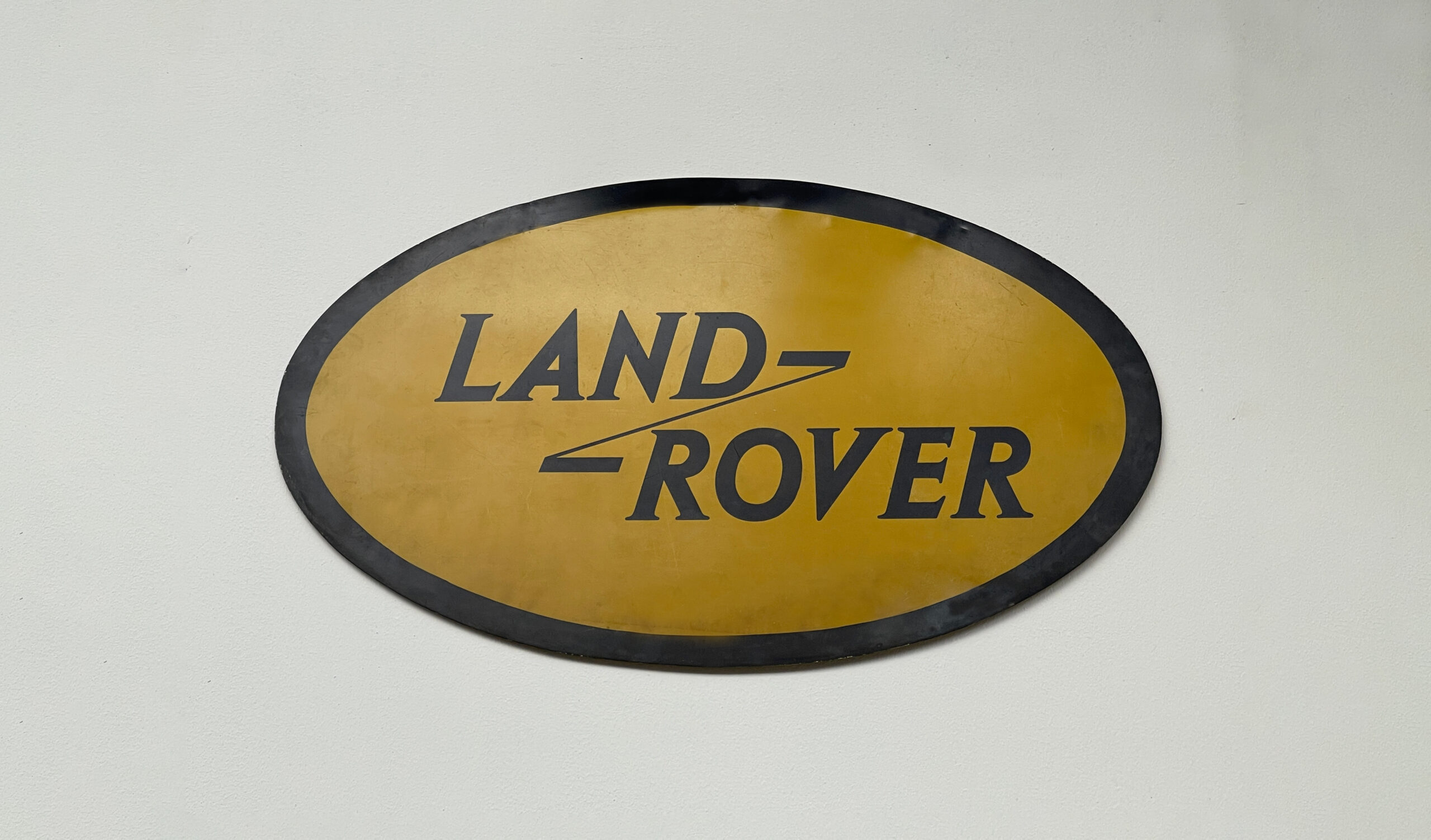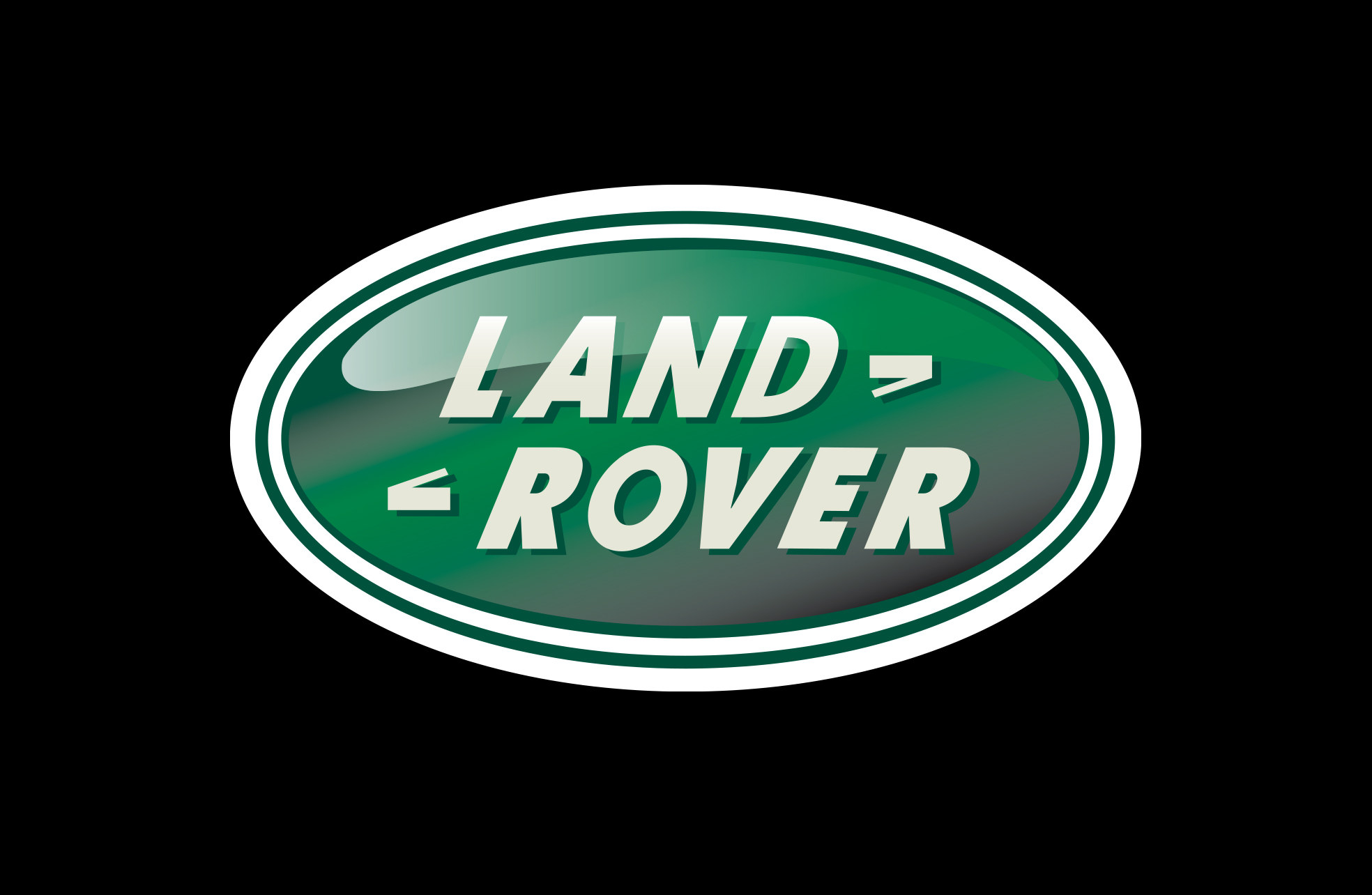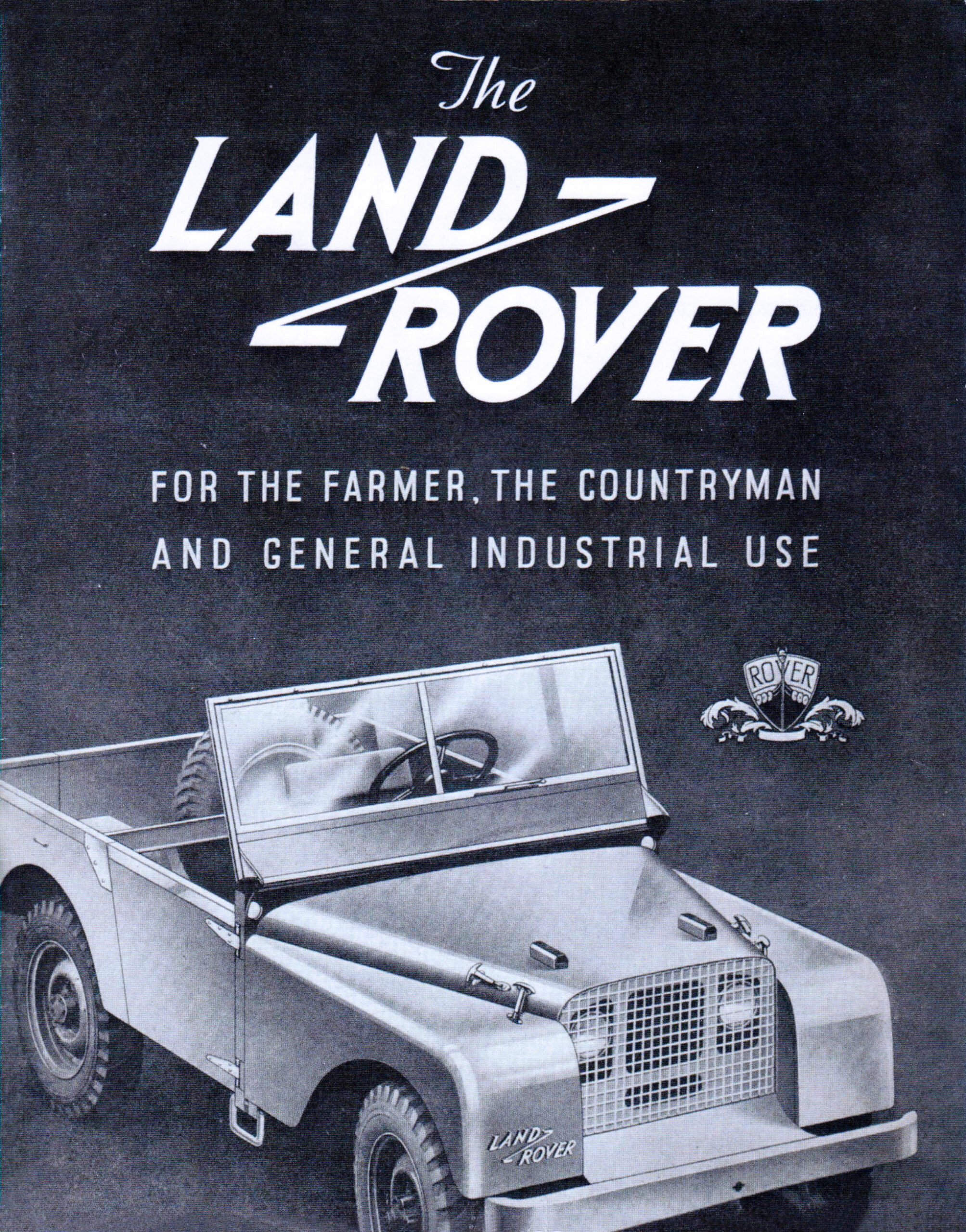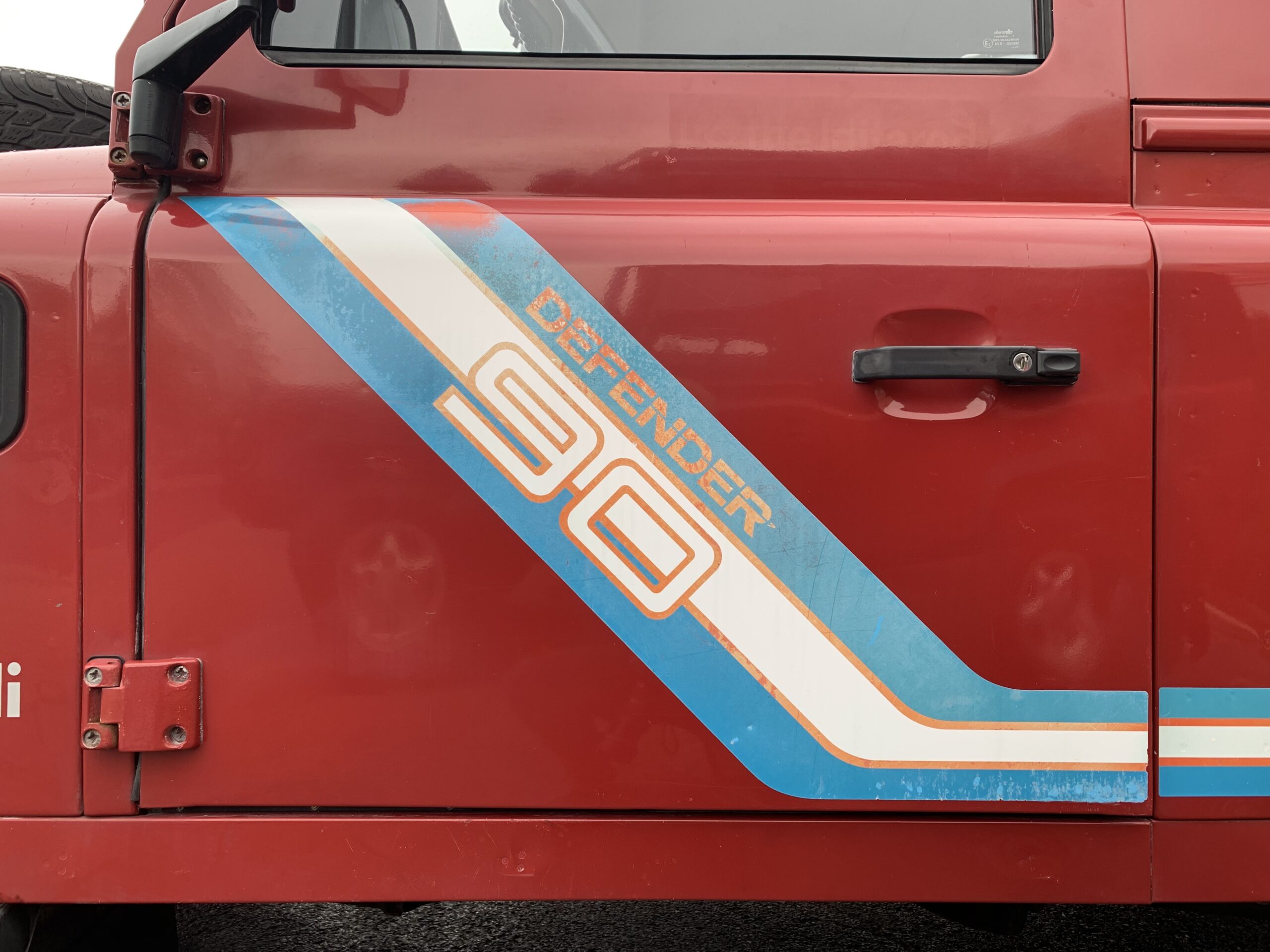Eventually, the Land Rover division was split off from Rover, and produced an expanding range of four wheel drive vehicles under a succession of owners, including British Leyland, British Aerospace, BMW, and, from 2000, Ford in the Premier Automotive Group. Land Rovers are manufactured in Solihull, England (near Birmingham) and exported around the world.
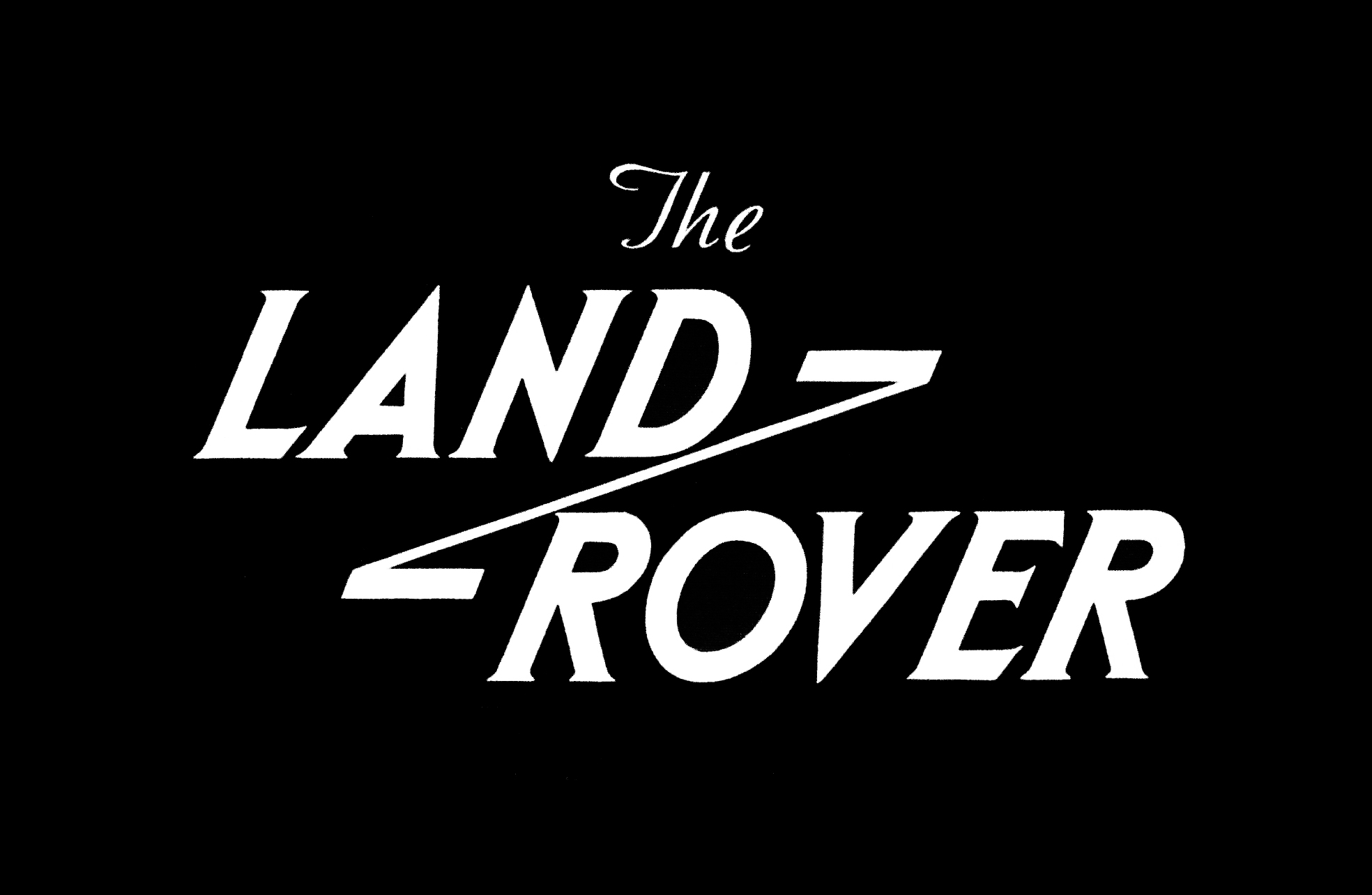
History.
The first Land Rover was designed in 1947, in Wales in the United Kingdom, by Maurice Wilkes as a farm vehicle that could be used for everything from ploughing fields to driving in town, based on Willys Jeeps he had seen in action in World War II and in use extensively on farms after the war. The first Land Rover ‘centre steer’ was built almost entirely from Willy’s Jeep components. A distinctive feature has been their bodies, constructed of a lightweight rustproof proprietary alloy of aluminium and magnesium called Birmabright This material was used owing to post war steel shortages and a plentiful supply of post-war aircraft aluminium. The early choice of colour was dictated by army surplus supplies of paint; all models until recently feature sturdy box section ladder-frame chassis. Now the Freelander and the Range Rover use a more usual monocoque body construction.
The early vehicles, such as the Series 1, were designed to be field-serviced; advertisements for Rovers have bragged about vehicles driven thousands of miles on banana oil. Now with more complex service requirements this is less of an option. The British Army maintains the use of the 300TDi engined versions rather than the TD5 to retain some servicing simplicity.
Land Rovers, particularly the commercial and military models, became ubiquitous throughout rural areas and in the developing World. The Land Rover featured in the South African movie The Gods Must Be Crazy illustrates the love-hate relationship many owners feel with the earlier Series 1, 2 and 3 vehicles.
Land Rovers have competed in the Paris Dakar Rally as well as being the vehicle used for the Camel Trophy as part of a sponsorship deal. The Land Rover Defender is also used by military forces throughout the world. In the UK armed forces, the very expensive Pinzgauer, now built in the UK, is increasingly common in roles previously the preserve of the Land Rover Defender such as ambulances, artillery tractor and weapons platform with 188 Pinzgauers in service and 15000 Land Rovers.
Since the 1970s in most remote areas of Africa, South America, Asia and in the Australian Outback the Toyota Land Cruiser has overtaken the Land Rover as the utility 4×4 of choice, probably because of the cheaper purchase costs and better parts network offered by Japanese competitors.
In Britain, the Land Rover fell from favour with the farming community with the arrival of less expensive Japanese alternatives, with Diahatsu Fourtracks and Isuzu Troopers becoming a common sight on farms around the country, until rust eventually ended their working lives. However, with subtle improvements to the Defender in the early 1990’s, and with the introduction of better more reliable engines in the form of the TDi (especially the 300TDi) and the new five-cylinder TD5, most farms once again have a Land Rover Defender in their yard.
Company timeline.
-1948 Land Rover is designed by the Wilkes Brothers and is manufactured by the Rover Company
-1967 Rover becomes part of Leyland Motors Ltd, later British Leyland
-1970 Introduction of the Range Rover
-1975 BL collapses and is nationalised, publication of the Ryder Report recommends that Land Rover be split from Rover and be treated as a separate company within BL
-1980 Rover car production ends at Solihull, which is now exclusively for Land Rover manufacture. 5-door Range Rover introduced.
-1986 BL, now known as the Rover Group, is privatised and becomes part of British Aerospace
-1987 Range Rover is introduced to the U.S market
-1989 Introduction of the Discovery (Disco I to enthusiasts)
-1994 Rover Group is taken over by BMW. Introduction of second-generation Range Rover.
-1998 Introduction of the Freelander
-1999 (Midyear) Introduction of the second generation of Discovery (Disco II)
-2000 BMW breaks up the Rover Group and sells Land Rover to Ford.
-2002 Introduction of third-generation Range Rover
-2005 Introduction of the third-generation Discovery/LR3
-2005 Adoption of the Jaguar AJ-V8 engine to replace the BMW M62 V8 in the Range Rover
Abilities.
The use of Land Rovers by the UK and Commonwealth military as well as on long term civilian projects and expeditions is mainly due to the superior off-road performance of the marque. For example the Land Rover Defender is capable of tackling a gradient of 45 degrees, an approach angle of up to 50 degrees, a departure angle of 53 degrees and a ramp break-over of up to 155 degrees – greatly superior not just to urban SUVs but to military vehicles such as the HMMWV and Pinzgauer.
Safety.
Road accident statistics on a model-by-model basis from the UK Department of Transport show that the Land Rover Defender and Land Rover Discovery are the safest cars on the UK roads (measured in terms of chance of death in an accident) – between three times safer than the safest Volvo models, twice as safe (half the death-rate per accident) compared with the Jeep Cherokee and Toyota Land Cruiser and only matched by the Mercedes-Benz S-Class and Jaguar XJ.
Quality problems.
Recently the Land Rover marque has built a somewhat negative reputation for poor reliability and build quality problems and this is reflected in its showing in various industry quality and dependability related surveys, as detailed below.
-US J.D. Power and Associates Vehicle Dependability Survey for 2003 published 8th July 2003 places the Land Rover marque second-to-last.(Kia last) This study was based on responses from more than 55,000 US based original owners of 2000 model year cars and light trucks at three years of ownership. [1] In 2004, it narrowly dethroned Kia, as the least reliable nameplate, but swapped places in 2005. ( Kia last, Land Rover 2nd last)
-Land Rover Discovery 6th-from-the-bottom of 100 models for reliability in an Auto Express (UK) 2002 survey..
-Joint 16th-from-the-bottom in 144 car 2002 J.D. Power’s What Car? (UK) magazine customer satisfaction survey.
-Land Rover had joint highest average cost in warranty claims for cars up to 10 years old in 2002 UK Warranty Direct index ? (based on full-maintenance leasing claims).
-Land Rover Discovery was joint second-to-last in 2002 Which? (UK) magazine reliability survey of cars up to 2 years old ? however, only 35 Land Rovers were in the sample.
-Land Rover was 3rd least-reliable of 31 makes of car in 2002 Which? (UK) magazine reliability survey of 2000-2002 model-year cars.
-Least-reliable of 32 makes built 1997-1999. Spate of engine power, gearbox and exploding clutch problems (which Land Rover reportedly has refused to repair under warranty)
-89% of Land Rovers were reported breakdown-free in 2003 Which? (UK) magazine J.D. Power’s survey.
Beginning with the Discovery Series III (LR3 in the US) model, one of the replacement power plants for the new model will be a 4.2 L V8 engine developed by Jaguar (Jaguar is also part of the Ford Group).
Some of the service problems in US specification Land Rover Defender and Discovery models are related to the Rover V8 petrol engine, as Land Rover increased the displacement and otherwise modernized the engine, which was designed in the late 1950s by General Motors for Buick. The same engine has powered a variety of other British cars, including the Rover 3500 and Triumph TR8.
Most European, South African and Australian specification Defenders and Discovery models are now equipped with the TD5 diesel engine and reliability has still proven a problem as detailed in the surveys above.
With Land Rover’s parts-sharing scheme often cited as the cause of many malfunctions, it now appears that Ford is attempting to legitimately address the Land Rover quality issues. It was reported in the Birmingham Post on 27th May 2004 that Ford’s senior management have given the Land Rover plant 8 weeks to come up with a “road map” to address the quality issues at Land Rover and bring its competitiveness up to global standards in 5 years. Land Rover’s CEO described this as “crunch time” for Land Rover.
Despite the recent drops in quality, it is rumored that 75% of all Land Rovers produced since 1955 are still on the road.
